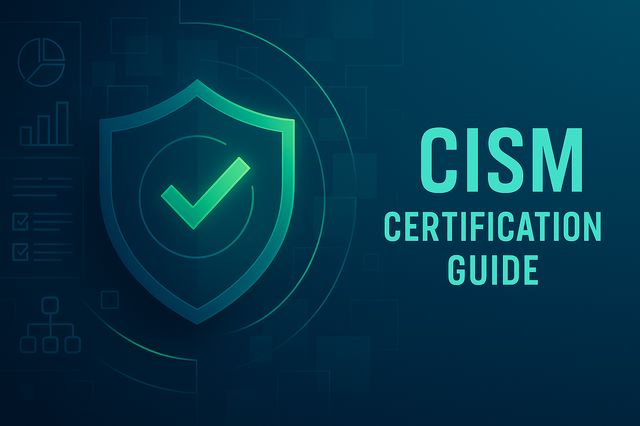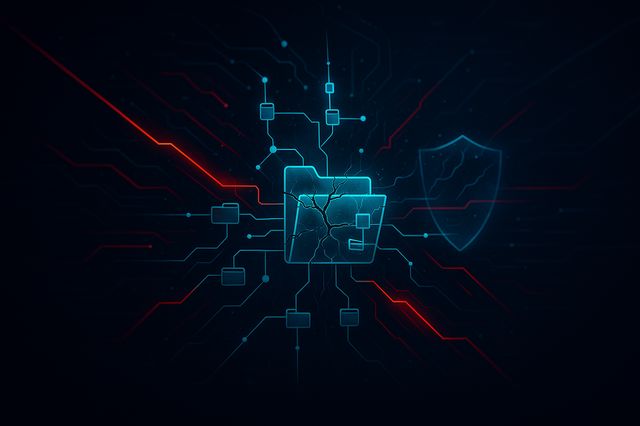Modern enterprises can no longer rely on firewalls alone. As browsers become the new attack surface, Enterprise Proxy Security defines how organizations control, monitor, and secure every web connection.
This guide explains how to build a proxy-first strategy that strengthens compliance, integrates with SASE and ISO 27001, and transforms browsing into a managed, measurable layer of enterprise security.
A secure enterprise isn’t built by blocking access it’s built by controlling how that access happens
When Browsing Became the Weakest Link
When I first audited a mid-sized company’s network, I noticed something alarming, despite solid firewalls and encrypted endpoints, users were browsing freely with zero inspection. Within minutes, we discovered unfiltered connections to malicious ad servers.
That moment crystallized a truth the browser is today’s real perimeter.
In other words, while most organizations focus on endpoint or email security, the browser silently mediates thousands of outbound connections every day. Without Enterprise Proxy Security, every click can become a potential breach vector.
Moreover, unmanaged browsing undermines compliance frameworks like ISO 27001, which demand visibility and control over information flows.
Therefore, enterprise proxies now serve as the digital checkpoint that ties together Networking, SASE, and Compliance giving CISOs and IT leaders measurable control over every session.
Networking Meets Security | The New Enterprise Perimeter
Historically, networking and security were separate realms: network engineers optimized routing and performance, while security teams handled threat mitigation.
However, that distinction no longer exists. Modern web attacks exploit exactly that gap between connectivity and policy enforcement.
Consequently, Enterprise Proxy Security now sits at the intersection of both worlds transforming raw traffic into governed, observable data.
A proxy server operates at multiple OSI layers, intercepting and analyzing requests before they reach the open web.
For example, when a user accesses an external SaaS platform, the proxy evaluates SSL certificates, content categories, and reputation scores before allowing the session.
In contrast, without a proxy, the same request bypasses inspection and exposes the network to drive-by downloads or credential theft.
Furthermore, integrating proxies with network security architecture ensures each packet is filtered according to corporate policies.
That is to say, the proxy becomes a policy enforcement node, complementing your firewall by inspecting encrypted traffic, applying DLP, and logging user behavior.
Besides, it enables centralized visibility critical for hybrid environments where employees connect from multiple locations and devices.
From Consumer Tools to Enterprise Grade Standards
Consumer proxies focus mainly on privacy or bypassing geo restrictions.
Enterprise proxies, on the other hand, enforce governance, compliance, and accountability.
Within a [SASE architecture], the enterprise proxy underpins key components such as Secure Web Gateways (SWG), CASB, and ZTNA.
Each web request is authenticated, inspected, and logged providing granular visibility aligned with Zero Trust principles.
Moreover, enterprise proxies support the control objectives defined by ISO 27001 controls
A.9 Access Control ensuring that only authorized users access external systems.
A.12 Operations Security monitoring and filtering communications.
A.13 Network Security Management enforcing secure network traffic handling.
Also, modern proxies integrate seamlessly with NGFWs, SIEM, and DLP solutions.
Even though implementation may seem complex, the result is unified visibility, faster incident response, and stronger audit readiness.
Why It Matters | The Real Cost of Unmanaged Browsing
Unmanaged browsing is not a trivial issue it’s one of the most common blind spots in SMB cybersecurity.
Employees routinely access unknown domains; some are harmless, others host ransomware droppers or phishing frameworks.
Because of this lack of control, data breaches often start in the browser.
To put the risk in perspective
Key Indicators in Enterprise Browsing and Proxy Security (2024–2025)
| Metric | Data (2024–2025) | How It Relates to Proxy Security |
|---|---|---|
| Average cost of a web-based data breach | $4.44 million | Without proxy level visibility and SSL inspection, threats infiltrate undetected, driving costs higher. |
| Share of breaches from unmanaged browsing | 9% | Direct browsing without proxy means zero filtering, zero malware detection, and no compliance traceability. |
| Global increase in proxy-related attacks | +720% | Attackers exploit misconfigured proxies; hardened configurations block these tactics early. |
| Average time to detect a web breach | 280 days | Integrated proxies with SIEM shrink detection time from months to minutes. |
| Organizations prioritizing browser-level controls | 72% of CISOs | Reflects growing awareness that proxy policies equal compliance policies. |
| SMBs using cloud-based SWG/Proxy solutions | 46% | Illustrates the shift to SASE based, scalable proxy services for distributed teams. |
All statistics and figures presented in the table above are based on publicly available cybersecurity and industry research from recognized organizations.
To illustrate, these figures show that unmanaged browsing isn’t a marginal threat it’s a measurable, systemic risk.
Therefore, implementing Enterprise Proxy Security is not optional; it’s the foundation for measurable cyber resilience.
Building Enterprise Proxy Security | A Practical Implementation Model
Deploying a proxy solution isn’t about buying hardware; it’s about designing a framework of trust.
Here’s how forward-thinking organizations implement it
Assess Network Flows
Map data movement across internal and external systems. Identify where web requests originate endpoints, VPNs, remote devices.
Link this phase to your IT infrastructure planning checklist to align physical and logical design.
Select the Right Proxy Type
Forward Proxy outbound control & authentication.
Transparent Proxy silent interception.
Reverse Proxy web app protection.
Cloud Proxy scalable SASE integration.
Each serves distinct use cases | combine as needed
Define Policies and Filters
Establish URL categories, content rules, and malware signatures.
For instance, block high-risk domains or unknown file types.
In addition, enable SSL/TLS decryption to inspect encrypted traffic securely.
Integrate with Existing Security Stack
Connect proxies to NGFW, CASB, SIEM, and identity providers for unified access control.
Moreover, link them to DLP for real-time data protection.
Monitor and Optimize Continuously
Use analytics dashboards to detect anomalies in web behavior.
That is to say, treat proxy logs as intelligence not noise.
Over time, this visibility transforms reactive security into predictive defense.
Future Outlook | The Proxy-First Enterprise
As organizations embrace hybrid work and AI-driven operations, proxies evolve from isolated gateways to autonomous enforcement layers.
For instance, integrating AI browser isolation prevents malicious code execution even if a user reaches a compromised site.
Furthermore, machine-learning-based proxies can now detect behavioral anomalies across millions of sessions in real time.
On the other hand, businesses that still rely on legacy firewalls or static URL filters will struggle with encrypted, decentralized traffic.
Due to cloud adoption, the proxy-as-a-service model within SASE delivers the agility and scalability required for continuous protection.
Ultimately, Enterprise Proxy Security will define how organizations implement Zero Trust, achieve ISO 27001 alignment, and maintain visibility across every digital boundary.
In Conclusion | Redefining the Browsing Standard
To sum up, proxies have matured from simple intermediaries to strategic security standards.
They now sit at the heart of enterprise infrastructure enforcing policy, safeguarding data, and ensuring compliant connectivity.
Because of that, CIOs and CISOs must view the proxy not as an accessory, but as a core pillar of enterprise governance.
In short, every secure organization begins with controlled browsing.
It’s time to make Enterprise Proxy Security your default perimeter.

It’s a strategic framework that manages and secures all web traffic through controlled proxy servers, ensuring compliance, visibility, and data protection.
Enterprise proxies integrate with identity, DLP, and SIEM systems to enforce policy and compliance, whereas consumer proxies focus mainly on anonymity or content access.
Within SASE, the proxy forms the foundation for Secure Web Gateways and Cloud Access Security Brokers, providing unified control over all web sessions.
Yes. They directly support ISO 27001 controls for Access Management, Operations Security, and Network Monitoring by generating verifiable audit trails.
When configured properly, proxies actually improve performance via caching, compression, and optimized routing while securing connections.
Improper authentication or open ports can be exploited for lateral movement or data exfiltration, which is why hardened configuration and monitoring are essential.
Absolutely. Cloud-based, AI-enhanced proxies deliver continuous visibility and align naturally with hybrid, distributed enterprise models.
References
Proxy Server Service Market Size & Forecast [2033] Market Overview – marketgrowthreports


